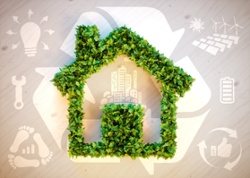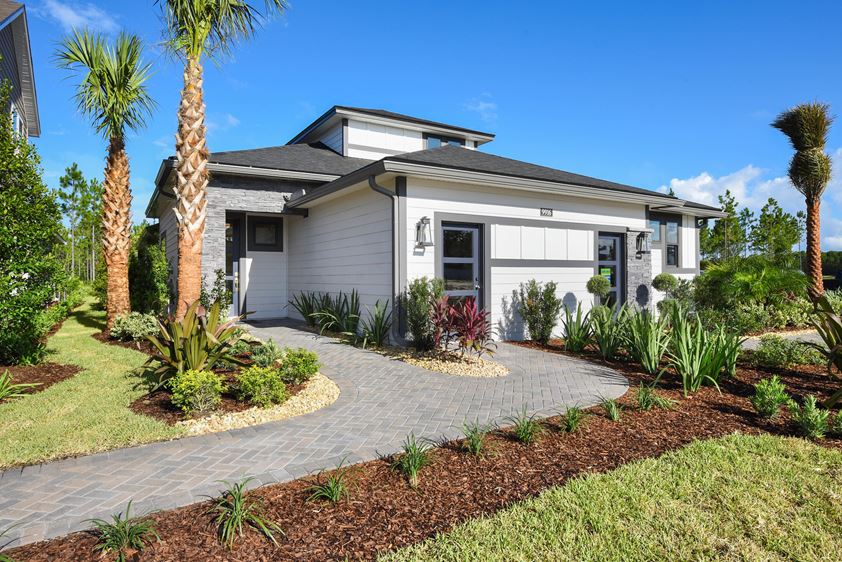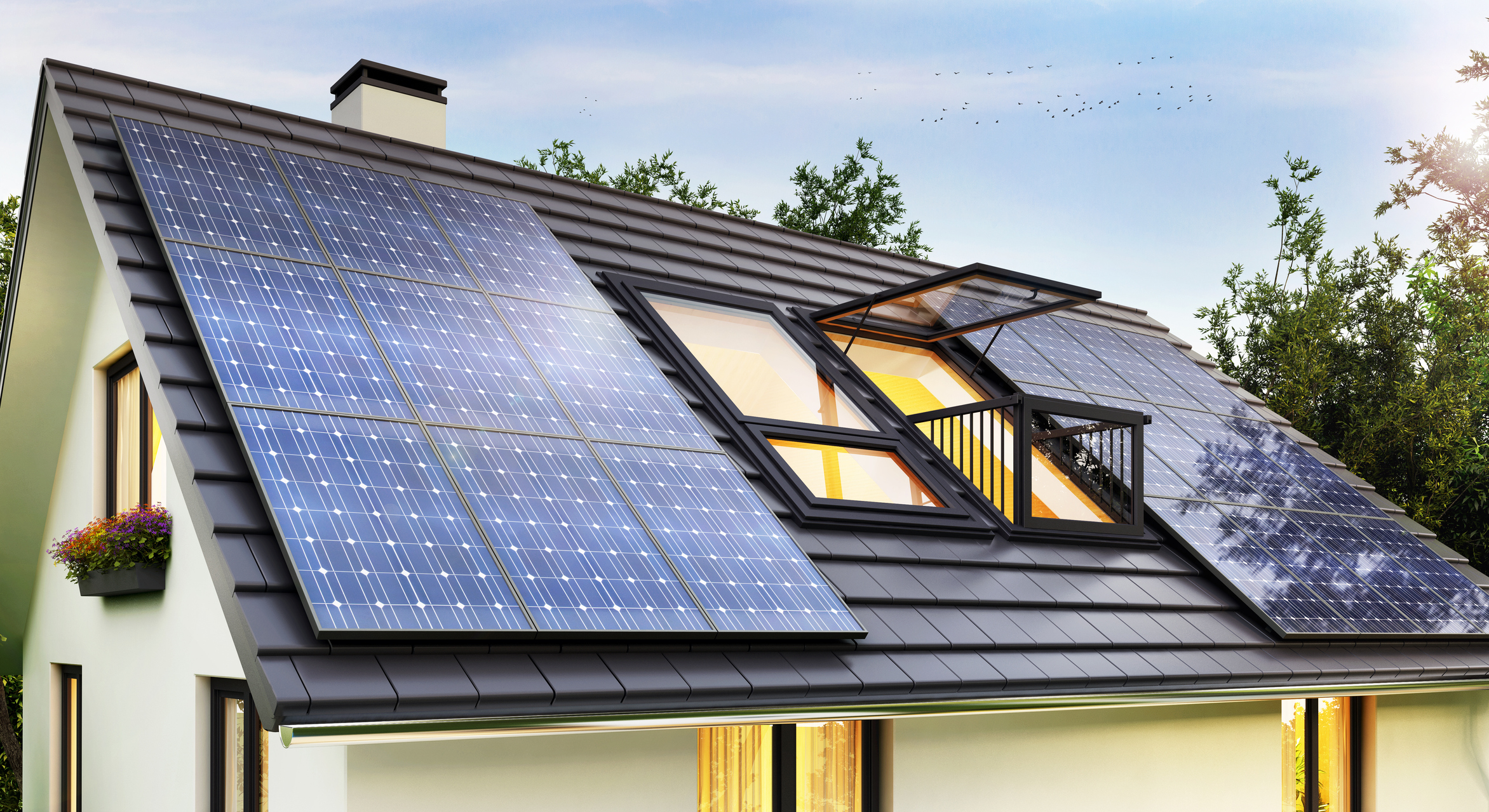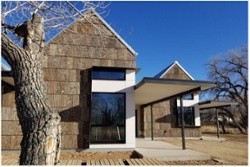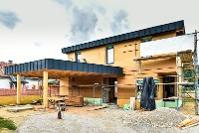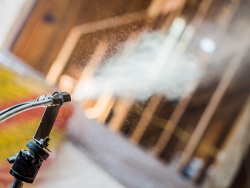
According to research from the Sierra Club, roughly 50 percent of tenants in the U.S. are cost-burdened by utility payments. As building owners nationwide address much-needed energy efficiency improvements in aging rental housing stock, there’s a growing emphasis on mitigating steep rent increases for renters.
Details »
